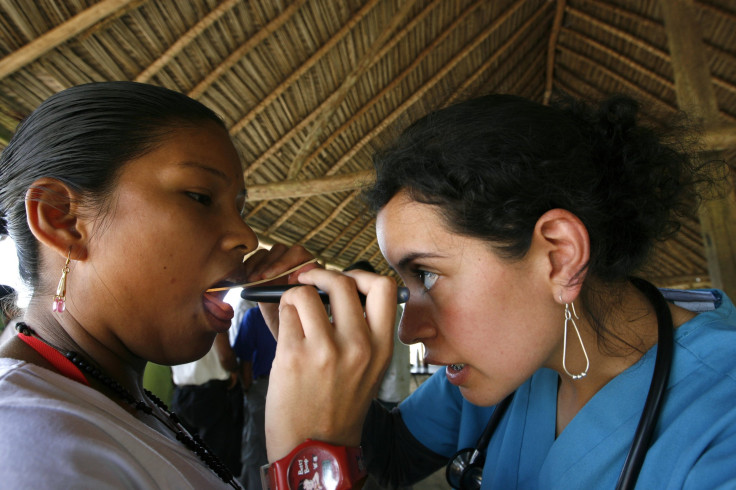
There’s been a good number of news related to scientists really trying to find accessible ways to detect breast cancer in a timely manner, since this could be the difference between life and death. Now, researchers from Mexico’s Tecnólogico de Monterrey (TEC) are developing a device that could help diagnose the disease through the patient's saliva.
The apparatus is comprised of an ultrathin film about two microns thick and 10 millimeters long, which is able to detect a protein that most women have in their bloodstream when they are in the initial stages of breast cancer: Cerb-b2 protein.
Joaquín Esteban Oseguera Peña, the research team leader, said, “The key idea is that the device will be available to anyone, particularly in places in Mexico where access to more advanced equipment is difficult,” he explained.
Oseguera explains that if the device detects the presence of the protein, “the chances are high that breast cancer is developing,” so therefore patients can proceed to see a physician for treatment.
As previously mentioned, many advances have been made on the detection front. Last month, a team of researchers from Universidad Nacional in Colombia also revealed they had created a bra that could help detect cancer. The mechanism would work through temperature fluctuations, which occur with the presence of anomalous cells.
The innovative creation looks to create yet another system of early detection, which can become a matter of life and death when the disease is treated. Member of the research team Mariana Camila Cortes Arcila explained why the temperature rises: “When cells foreign to the mammary glands are present, the body requires more blood to circulate in the area where the invasive cells are.”The bramonitors information through an integrated software and records both breasts’ temperatures via two infrared sensors.
© 2025 Latin Times. All rights reserved. Do not reproduce without permission.




